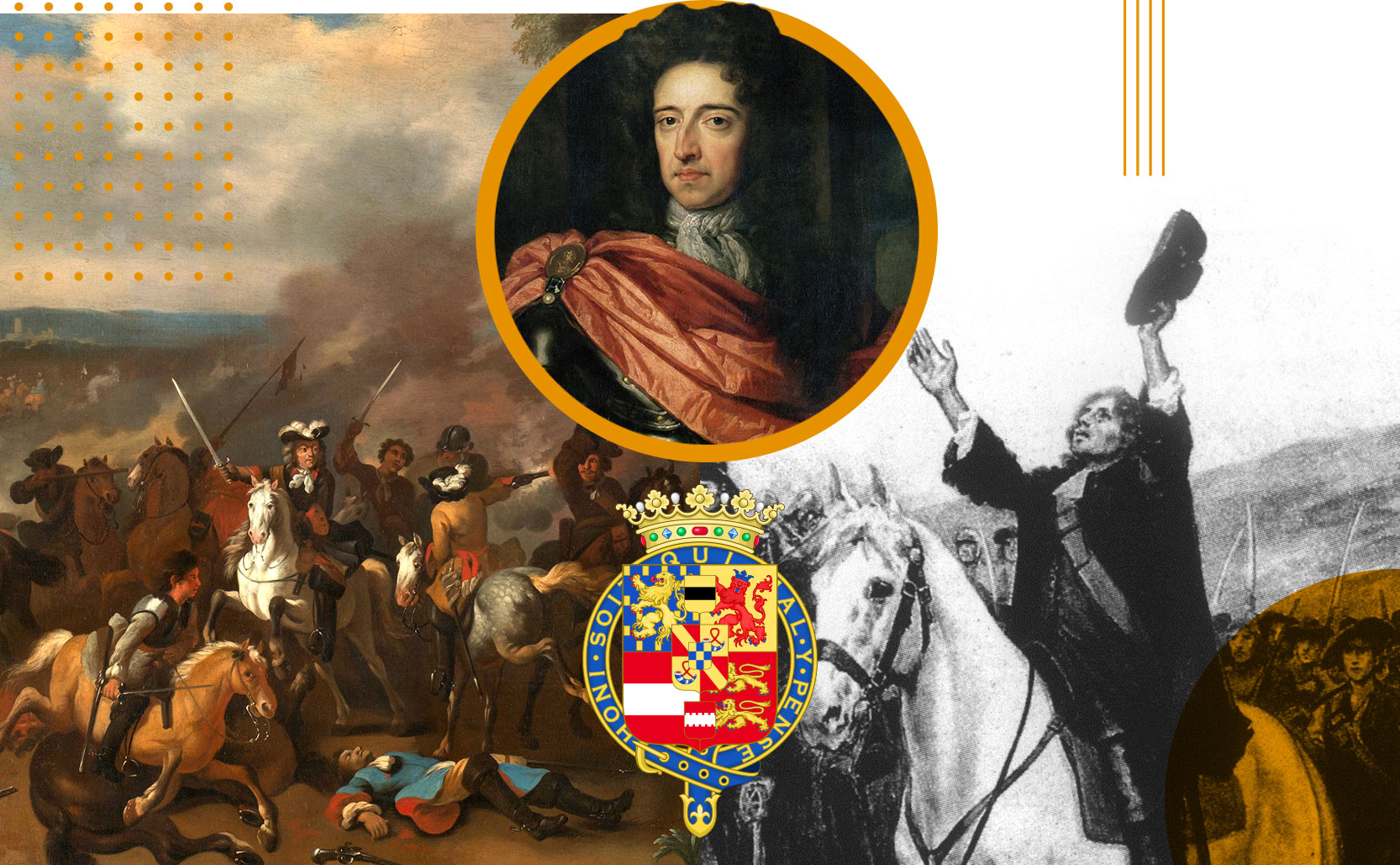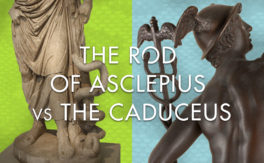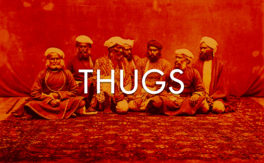The terms redneck and hillbilly both come from rebellious 17th century Scottish protestants.
Rednecks
In 17th century, King Charles I pushed for greater religious uniformity across the British Isles. Scottish Presbyterians disapproved as these reforms were increasingly Catholic in style & organization. In 1638 thousands of Scots signed the National Covenant (sometimes using their own blood as ink), signifying their preference for a Presbyterian Church of Scotland and their refusal to accept the reforms made by Charles. Going one step further, some of these “Covenanters” took to wearing red cloth on their necks as an outward sign of their resistance. These dissenting Scottish religious rebels were the original “red necks”.

Hillbillies
Political and religious tension continued around the British Isles throughout the late 17th century which led to the 1688 Glorious Revolution. On the one side of this revolution was Catholic King James II and those who supported a strong monarchy, on the other were Protestants & Parliamentarians. Afraid of a Catholic dynasty and that James would leave the throne to his Catholic son James Francis Edward, seven influential English nobility invited the protestant Dutch Prince William of Orange to invade England and take the throne.
Around the same time, Scottish Presbyterian leader Richard Cameron was preaching a message of rebellion against the English. Being a religious nonconformist, Cameron took to being a field preacher and spread his radical message outdoors away from Scottish towns. His followers (the Cameronians) were given the nickname “hillmen” due to their outdoor religious gatherings.
As William of Orange easily invaded England, and successfully took the throne, he was supported by Scottish Protestants. The Scottish living in Northern Ireland at the time fought against the Jacobite supporters of King James. William of Orange was nicknamed “King Billy” and his Ulster Scots Protestant supporters were nicknamed “Billy boys”. Eventually these two Scottish Protestant rebel nicknames of “hillmen” and “Billy boys” got combined to form “hillbilly boys” and then just “hillbilly”.

American Rednecks & Hillbillies
Despite their successful support for William many Scottish were still oppressed for being Presbyterians and for being Scottish. Searching for greater religious & personal freedom they began to emigrate in larger numbers from Ulster to the British colonies in North America. An estimated 200,000 Ulster Scots (aka Scotch-Irish) emigrated to the American colonies between 1717 and 1775. Settling up and down the East coast and throughout Appalachia, these Scottish protestants brought with them their religion, their rebelliousness, as well as their nicknames.
Over the centuries the meanings of both “redneck” and “hillbilly” have changed. During the “Redneck War” of 1920-21 “redneck” was used to label the unionizing coal miners (many of whom were Scotch-Irish) who wore red bandanas in solidarity. The term has also been used to describe early 20th century southern Democrats as well as more literally to describe poor farmers with sunburnt necks. Hillbilly also took on a more literal interpretation to describe the people who settled the rural hilly areas of Appalachia and the Ozarks. Today both terms are generally used as derogatory slurs for poor rural whites.





